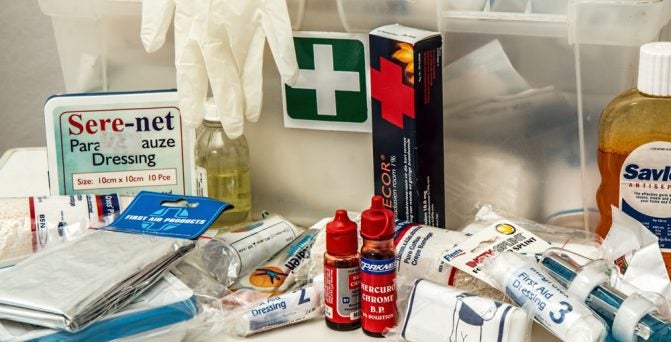
Every boat owner should keep a well stocked first aid kit on board in case of emergency. Here’s what we like to keep in ours.
Boating is a fun and safe pastime, but as always, being prepared makes sense. That’s why smart boaters never leave the dock without a first aid kit somewhere on board. Even if you don’t need it yourself, there’s always the chance you may be able to help out someone else.
So what goes into a boater’s first aid kit?
For the most part the same things that go into any other first aid bag, with a couple of notable exceptions. Adhesive bandages should be waterproof, for starters, and you’ll likely find a supply of Dramamine to ward off seasickness. And it goes without saying, but housing the kit in a water-tight container will protect the contents against moisture arising from spray or high humidity.
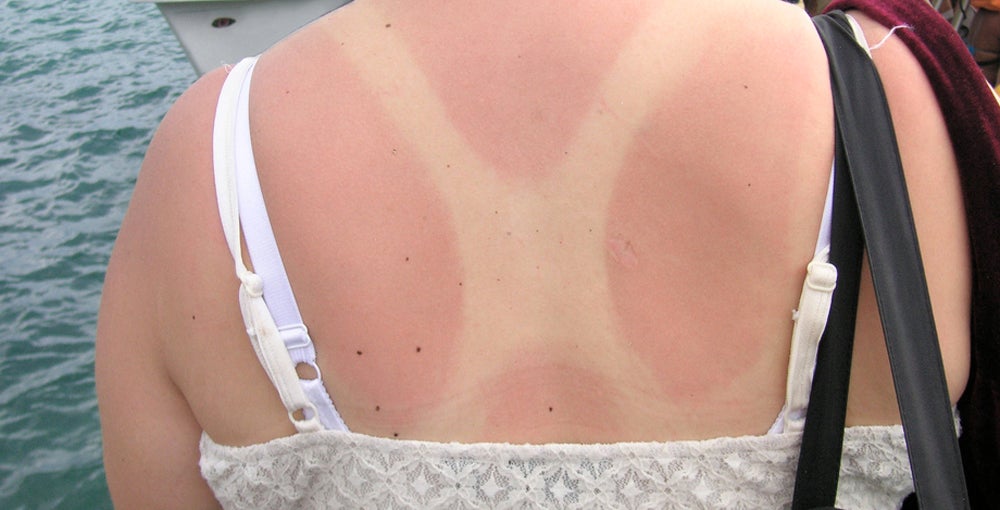
Boating is inherently safe, but having a first aid kit to deal with accidents, bug bites and sunburns just makes good sense.
Whether you buy a first aid kit or put one together, make sure you include any personal medications, along with any emergency phone numbers that might come in handy. The American Red Cross recommends that all first aid kits for a family of four include the following:
- 2 absorbent compress dressings (5 x 9 inches)
- 25 waterproof adhesive bandages (assorted sizes)
- 1 adhesive cloth tape (10 yards x 1 inch)
- 5 antibiotic ointment packets (approximately 1 gram)
- 5 antiseptic wipe packets
- Aspirin, Tylenol, Advil and/or other pain relievers
- Dramamine
- 1 blanket (space blanket) for patients at risk of developing hypothermia
- 1 breathing barrier (with one-way valve)
- 1 instant cold compress
- 2 pair of nonlatex gloves (size: large)
- 2 hydrocortisone ointment packets (approximately 1 gram each)
- Scissors
- 1 roller bandage (3 inches wide)
- 1 roller bandage (4 inches wide)
- 5 sterile gauze pads (3 x 3 inches)
- 5 sterile gauze pads (4 x 4 inches)
- Oral thermometer (non-mercury and non-glass)
- 2 triangular bandages
- Tweezers
Beyond that basic list, we’d further add an antiseptic, medicated cream to reduce the itch from insect bites, and a rehydration product to take the sting out of sunburns and promote faster healing. If anyone in your crew suffer from sensitivity to bee stings or insect bites, an EpiPen could be a worthwhile addition.
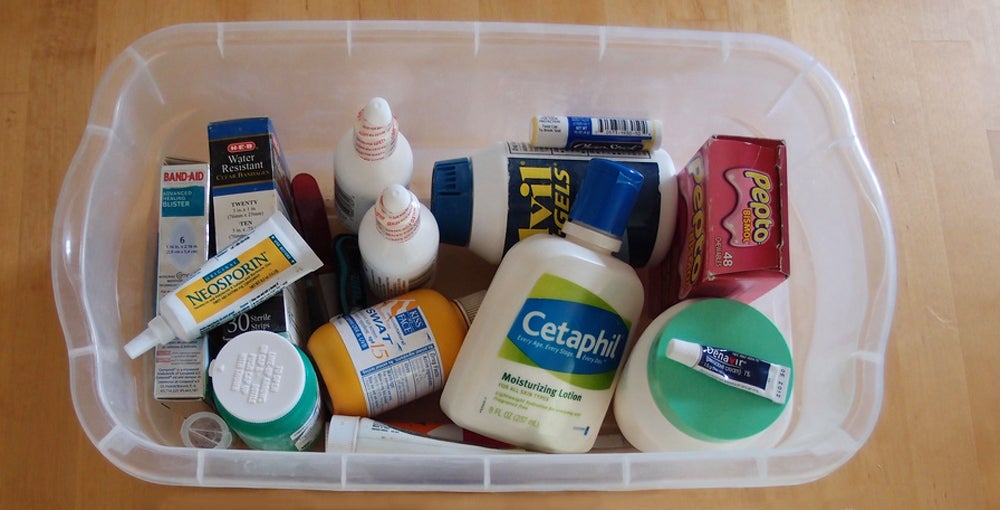
Storing first aid items in a waterproof container is a good idea, especially on open boats where spray could otherwise reach the kit.
Be sure to check the first aid kit regularly to ensure that used items are promptly replaced. Also be sure to check the expiration dates on perishable items and replace any that are getting close to their best-before date. Keep the kit in an easily accessible location onboard, and make sure everyone knows where it is.
Boating is safe and boating is fun, but being ready to deal with the unexpected is the sign of an experienced skipper. If your boat doesn’t have a full first aid kit onboard, add one now and know you can enjoy the summer without worry of being caught unprepared.





 Fort Lauderdale International Boat Show Preview
Fort Lauderdale International Boat Show Preview 10 Best New Boat Accessories at IBEX 2021
10 Best New Boat Accessories at IBEX 2021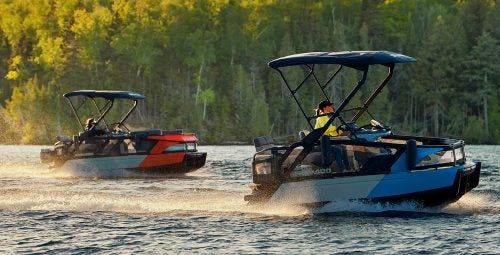 2022 Sea-Doo Switch Pontoon Boat Lineup Unveiled
2022 Sea-Doo Switch Pontoon Boat Lineup Unveiled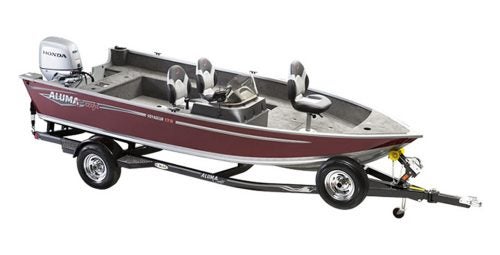 BRP Enters Fishing Boat Market with Purchase of Alumacraft Boat
BRP Enters Fishing Boat Market with Purchase of Alumacraft Boat Volvo Commits To Electric Power By 2021
Volvo Commits To Electric Power By 2021 Kemimoto 4 Bow Bimini Top and Boat Bumper Review
Kemimoto 4 Bow Bimini Top and Boat Bumper Review Starweld Victory 20 Review
Starweld Victory 20 Review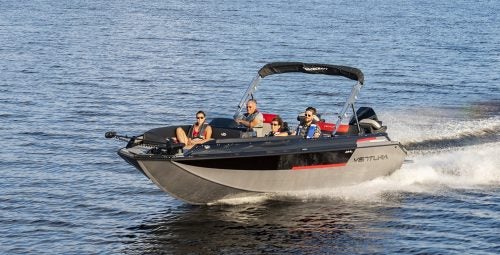 Princecraft Ventura 23 RL Review
Princecraft Ventura 23 RL Review Lund 2075 Pro V Review
Lund 2075 Pro V Review Scout 281 XSS Review
Scout 281 XSS Review Fuel Saving Tips For Boaters
Fuel Saving Tips For Boaters Best Boating Accessories
Best Boating Accessories Best Boating Apps
Best Boating Apps 5 Pontoon Boats That Are Made To Fish
5 Pontoon Boats That Are Made To Fish 10 Great Small Pontoons
10 Great Small Pontoons Your Boat Was Expensive—Do You Really Trust a $2 Rope From the Dollar Store to Secure It?
Your Boat Was Expensive—Do You Really Trust a $2 Rope From the Dollar Store to Secure It? Do I Need Insurance Coverage Against Ice or Freezing Damage?
Do I Need Insurance Coverage Against Ice or Freezing Damage? What Kind Of Insurance Coverage Do I Need?
What Kind Of Insurance Coverage Do I Need? What About Salvage?
What About Salvage? Boat Insurance or Yacht Insurance?
Boat Insurance or Yacht Insurance?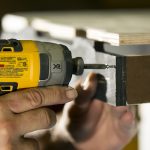



 The Best Bowriders For The Money
The Best Bowriders For The Money
 Sailfish 312CC Review
Sailfish 312CC Review
 The Wildest Concept Yachts
The Wildest Concept Yachts
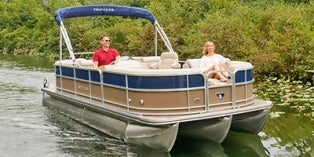 2016 Trifecta 200 Series 220FCR
2016 Trifecta 200 Series 220FCR 2016 Harris Grand Mariner SL 270 DL
2016 Harris Grand Mariner SL 270 DL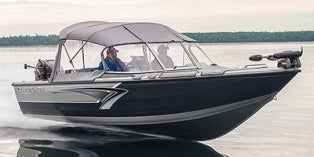 2016 Crestliner Authority 2050
2016 Crestliner Authority 2050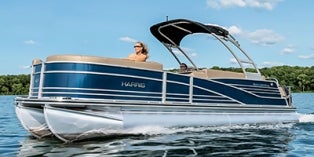 2016 Harris Grand Mariner SL 230 DLDH
2016 Harris Grand Mariner SL 230 DLDH
